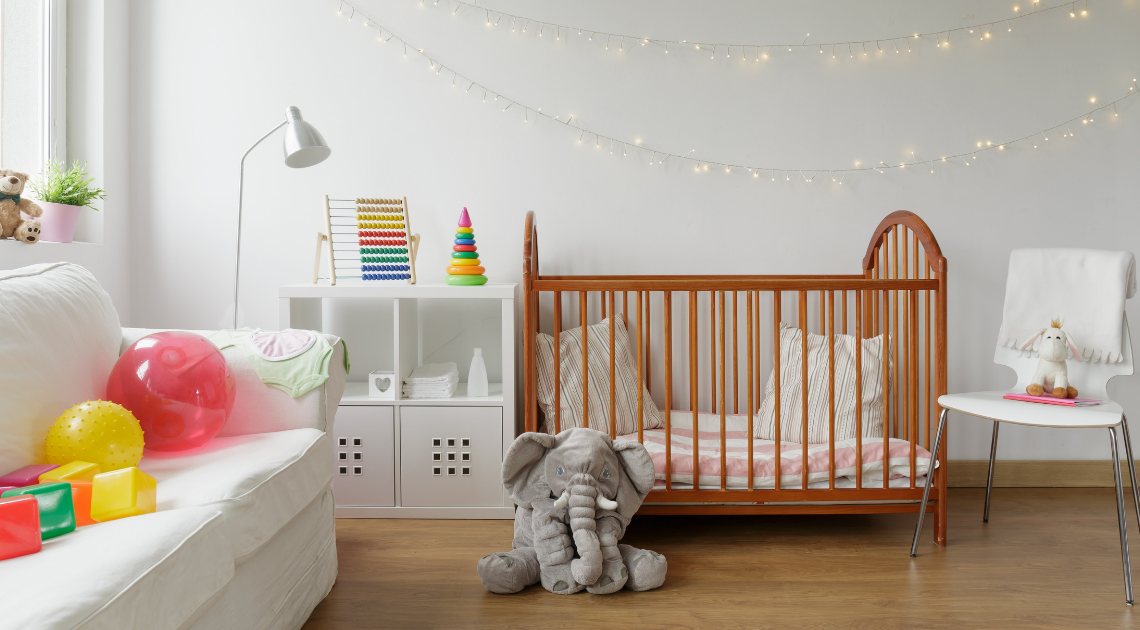
A home looks different to a person who’s only a couple feet tall. There are all sorts of fascinating things to touch, pull, poke, taste, and climb on. A baby can’t know which are dangerous. In fact, they don’t even know what danger is. Here are a few basics for your home to earn a child safety thumbs-up.
Make Furniture Safe
Bookcases, chests, and dressers are heavy. Make sure they don’t fall over. Attach them to the wall; brackets and anchors are made for this purpose. Store the heaviest objects on bottom shelves and drawers. The same pieces of furniture are fun to climb, as are sofas and chairs. Don’t put them near high windows. If the window is open, a screen isn’t strong enough to hold a child back.
Choose coffee tables and end tables that baby can’t clamber into. Also, prefer chairs they can’t crawl under.
Keep Them Out
Saying “no” about electrical sockets won’t do the trick. Cover them with protectors. Put locks or catches on cabinets and drawers, especially the ones under the kitchen sink. Use door locks or doorknob covers to keep tots out of the bathroom; toilets and bathtubs are interesting and hazardous. Use gates at the tops and bottoms of stairways.
Don’t Tempt Them to Pull
Avoid tablecloths that hang over the side. Place settings are a better choice. Don’t let curtain cords dangle. Why would a child put a cord around their neck? Because they’re a child, that’s why.
What’s the Most Important Child Safety Device?
It’s you! As long as there are children, they’ll think of ways to get in trouble that grown-ups would never dream of. You can’t 100% childproof a home, but you can keep a continual eye on the tykes.
If you have questions about the best furniture selections for a baby approved house, ask Mealey’s which dressers, bookshelves, chests, and tables will fit your requirements.
